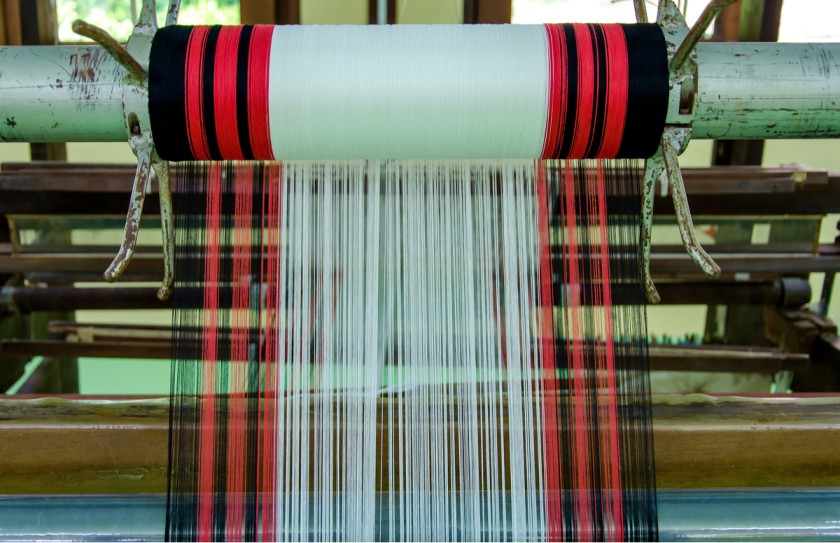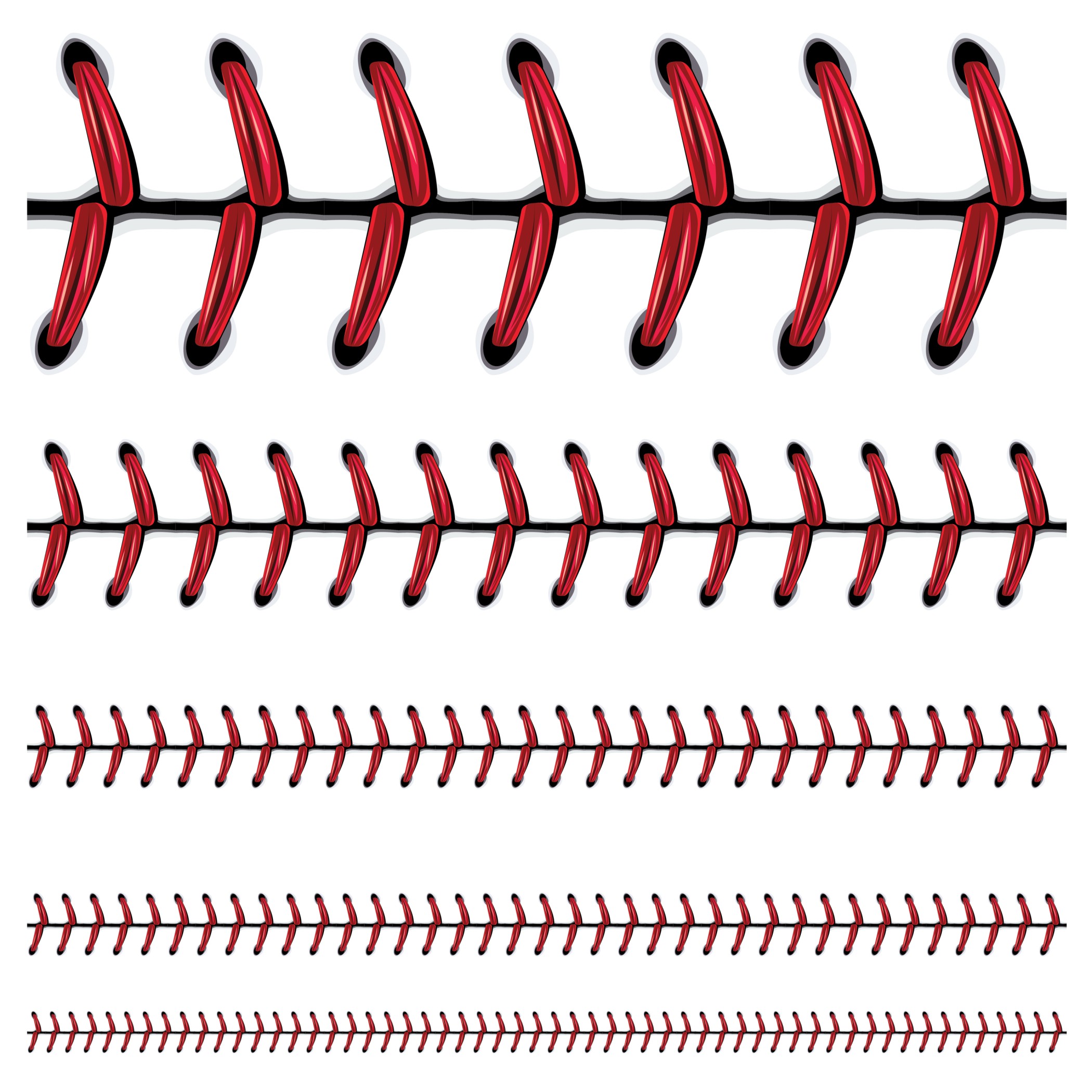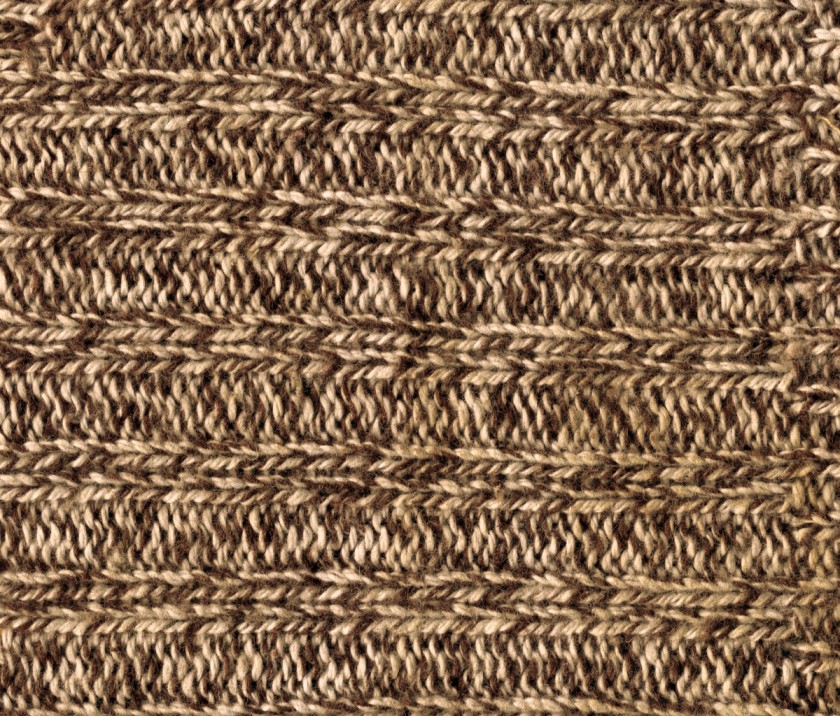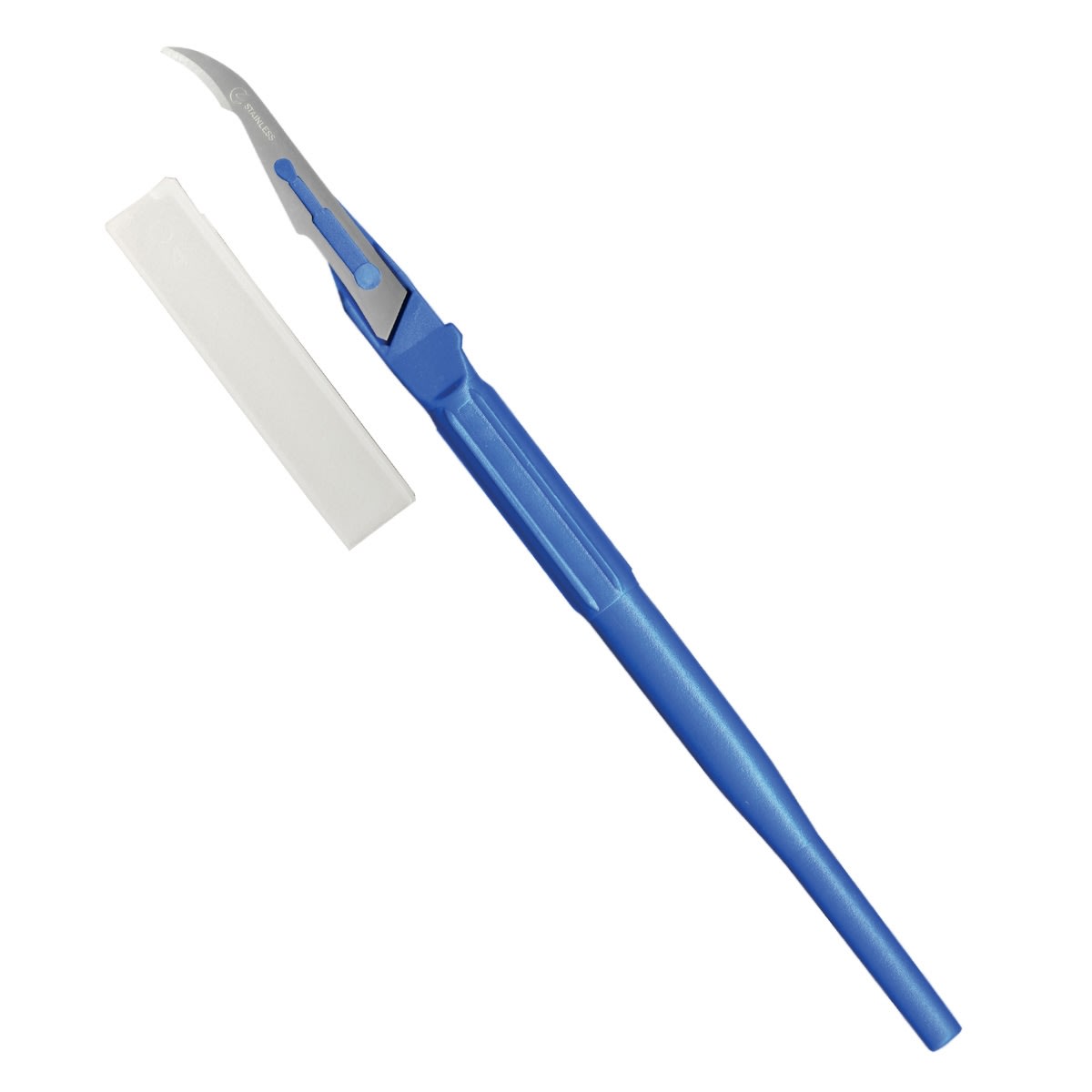Everything You Need To Know About Warp Knitting



One of the biggest markets in the world is the textile market. And it has every right to be, considering that proper clothing is one of the fundamental requirements a human has to live a comfortable life.
The market is filled with various fabrics, ranging from basic ones such as cotton, wool, and jute, to various artificial ones like rayon, nylons, kevlar, and many more.
To make the best use of the market, it is necessary to know how fabrics are manufactured to cater to the vast demands of the market. It is essential to look at all the methods to utilize every resource to its full potential.
Let us begin by looking at methods to mass-produce cloth, primarily through the means of machines, such as looms.
One of the most used ways of manufacturing fabric today is warp knitting.
Warp knitting is the process of knitting fabric simultaneously in parallel columns through a zigzag pattern of interlocking threads to create material rather than the more familiar way of knitting threads a single row at a time. This method is known as weft knitting.
Warp knitting is usually done with the help of a machine. This is because many columns are formed collectively, a large number of yarns need to be handled simultaneously.
As such a feat would be challenging to do by hand, the help of a machine is taken to fulfill all such requirements.
Origins
The warp knitting technique is believed to have been invented in 1775.
But after 20 long years of brainstorming, the first primary machine was created to carry out the task. Since then, various innovations and inventions such as the point bar and bobbin have resulted in the warp knitting machines we see today.
Current Status

Warp knitting is one of the most widespread forms of creating textiles and fibers. It has many applications in the industry, and the machine involved in warp knitting is a common sight to see nowadays.
Warp knitting is the most used way of creating tricot and raschel fibers extensively used in making various garments.
A few significant applications of the technique can be seen in sportswear, cloth in shoes, thin netting for mosquitoes, tulle fabrics, fabrics involved in advertisements, and laminations.
The fabric created by warp knitting has also proven to have industrial applications such as reinforcing concrete and making bio textiles.
Biotextiles have been formed, such as those that provide cardiac support, proven by animal research to decrease heart condition symptoms.
The Structure
In warp knitting, the yarn is supplied to the knitting parallel to the direction in which the fabric is being knitted, also known as the direction of the wales.
Each needle in the point bar is supplied with its own separated yarn, and to form the fabric and interlock the threads and create the zigzag pattern, the yarns are deflected laterally between the needles.
Warp knitting structure is made up of two main parts.
The first part is the stitch, which involves wrapping the yarn around the needle and pulling it through a previously formed loop. This type of wrapping the yarn is known as an overlap. It does the job of prepping the yarn for the knock-over displacement to the new needle.
The second part of the structure involves linking the yarns together. This is known as an underlap.
The length of the underlap is an essential factor of warp knitting. If the underlap is long, it increases the width-wise stability and strength. On the other hand, a shorter underlap reduces the lateral strength and stability of the fabric but increases its strength along the axial length.
The underlap also influences the weight of the fabric. A longer underlap means more yarn to be used in interlocking. It will be covering more wales with each stitch. Hence, it increases the overall weight and has a thicker, denser fabric quality.
Types
There are various kinds of cloth created through warp knitting. It would be wise to have an overview of each of them.
Raschel Knit
In 1855, the principles of the circular loom were combined with the principles of warp knitting. Combining these principles gave birth to the Raschel machines, which are used to create most of the modern-day machine-made lace.
Raschel knits are not very stretchy, resulting in very bulky fabrics. These are primarily used for creating the inner linings of coats, jackets, dresses, etc. Such materials can also be made out of different types of yarns to create designs as well.
Raschel fabrics also have a lot of variety in their density and compactness.
Stitch-bonding

It is a unique king of warp knitting. It is the most preferred method for producing composite materials and technical textiles, primarily due to its very high efficiency. This method consists of multiple layers of fabrics and threads.
These layers are joined to each other through a knitting thread. This creates a layered structure called a multi-ply.
Fabrics created by stitch-bonding have applications in aviation and wind energy generation. Reinforcing concrete is also an avenue that is being explored as to its use.
Since its offers advantages such as increased productivity and scope for creating complex textiles, it can be used for producing fabrics that use sensitive materials such as carbon and glass with almost little to no setbacks.
Tricot
A ubiquitous cloth, it is a combination of fine lengthwise ribs on one side and crosswise ribs on the other. Its properties include having a drape-like, soft texture with slight lengthwise stretch at the cost of zero crosswise stretches.
Because of such properties, this fabric is used in the production of delicate garments.
Needle Shift
A needle shift is when the outer warp layers are fixed in one procedure by adding a change in the needle bar during sewing; unlimited options for stitch-bonding arrangement and patterns are created.
Milanese Knit
The Milanese knit is similar to tricot but is more robust, stable, smooth, and ultimately expensive. This knit involves two sets of threads knitted diagonally. This results in the final fabric possessing a fine vertical rib on one side and a diagonal structure on the opposite.
Such features help the fabric be lighter, smooth, and resistant to water. Sadly, this type of fabric is not in use any longer.
Advantages
The process of creating textiles through warp knitting has various advantages. Those advantages are:
- Warp knitted fabrics have a considerable working width.
- Warp knitting is a technique that allows us to create a wide range of materials. Hence, it is helpful for projects where multiple kinds of fabrics are needed to be produced simultaneously.
- The stress on yarn is decreased. This allows for brittle material to be used as yarn, such as aramid, carbon, or glass.
- As warp knitting builds the cloth in adjacent columns, it allows for the creation of three-dimensional structures.
- Overall, warp knitting has a higher efficiency than weaving.
New Developments

Just like all technological fields, warp knitting is also being continuously improved by engineers all across the globe.
There have been a few straightforward advancements, such as connecting machines to the internet to provide remote access to users and operate machines online. There are also new softwares to improve the ease of usability of machines and data management facilities.
Besides that, innovation is also being introduced in the field, such as a supervising thread system that scans and monitors threads as they are being knit. Protechna is a thread stabilization system for the easy management of loose threads and taking care of roll-ups.
Conclusion
Warp knitting is a technique that withstood the test of time and has prevailed for centuries. The method has its fair share of advantages and applications across many fields.
It is a volatile method of producing fabric which gives an advantage when using specific materials. It is also more efficient than most conventional ways of making fabrics. There is also no shortage of designs that can be formed by using this method of creating fabric.
Thus, anyone looking to begin or boost their journey in the textile market will surely benefit by understanding and employing warp knitting to fulfill all of their fabric needs.
Whether you want to build your clothing site or improve your existing one, you can practically get started with Fashinza and start sourcing clothes on your own.
Right from helping you design your very own clothes to providing you adequate resources for helping you scale your brand, you can trust Fashinza with the same and grow your very own brand.



















